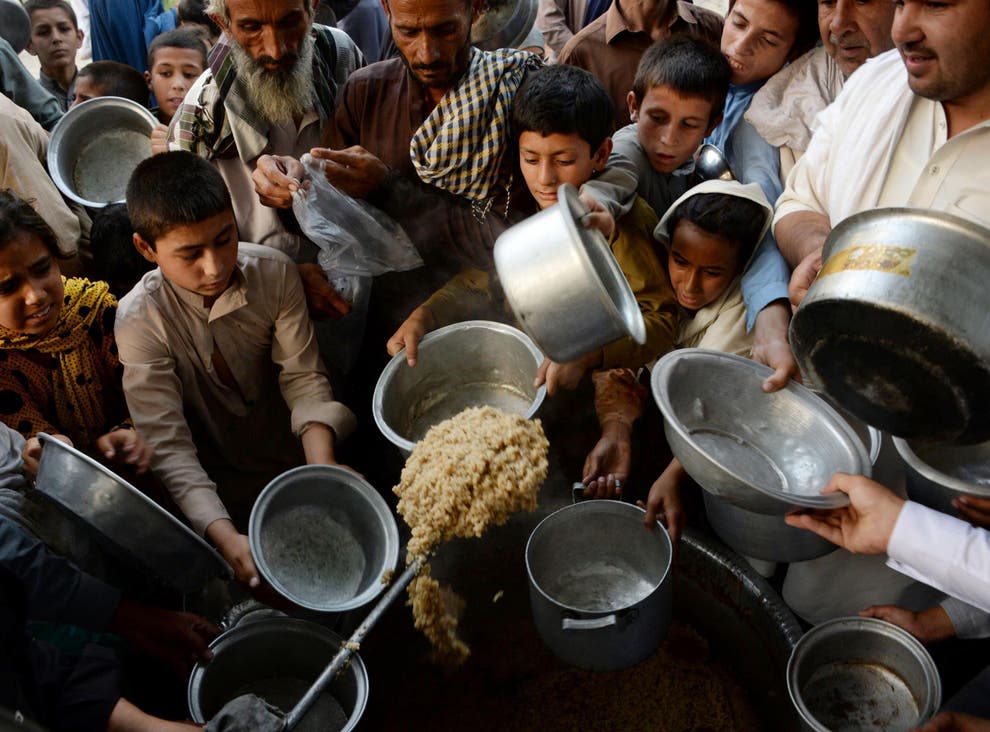23 Aug,25
Most Searched Keywords
03 Aug
Afghanistan on the Brink of a Major Humanitarian Crisis
by Kamran Noori

A severe funding shortfall for international aid has placed millions of Afghans in deep distress. The country’s economic crisis continues at an unprecedented level, leaving millions affected by poverty and hunger. This year, the World Food Programme (WFP) has provided cash assistance to four million Afghans, half of whom are women. However, the needs far exceed the available aid, and many people still live in extremely difficult conditions, struggling daily to survive.
According to recent reports, 12.4 million Afghans are facing acute food insecurity, and one in every four people doesn’t know where their next meal will come from. WFP’s resources are severely limited; it can currently support only 1.2 million people per month, leaving 11 million others without any help. To address this crisis, at least $617 million in funding is urgently needed. Without timely support, Afghanistan could face a catastrophic humanitarian disaster.
In addition to the economic hardships, Afghanistan has also been hit by repeated floods, droughts, and earthquakes, which have destroyed large areas of farmland and seriously disrupted people’s livelihoods. Many families returning from Pakistan are facing immense challenges in rebuilding their lives, with little or no assistance provided so far. Alarmingly, 3.9 million people—including 2.8 million children are suffering from severe malnutrition. WFP’s nutrition programs have also been scaled back due to funding shortages, putting the health of mothers and children at serious risk.
Afghanistan’s Ministry of Economy has described WFP’s cash and nutrition programs as effective, stating that these efforts have positively impacted people's lives. However, some families remain left out and have not yet benefited from any aid.
From an economic perspective, while short-term aid is essential, Afghanistan’s long-term recovery depends on building sustainable infrastructure and developing a productive economy. Foreign aid is helpful in the short run, but long-term progress requires real investment in development and infrastructure projects.
Afghanistan is at a critical turning point, and the lives of millions are at risk. The international community must act immediately to prevent further deterioration and ensure that aid reaches those most in need.
